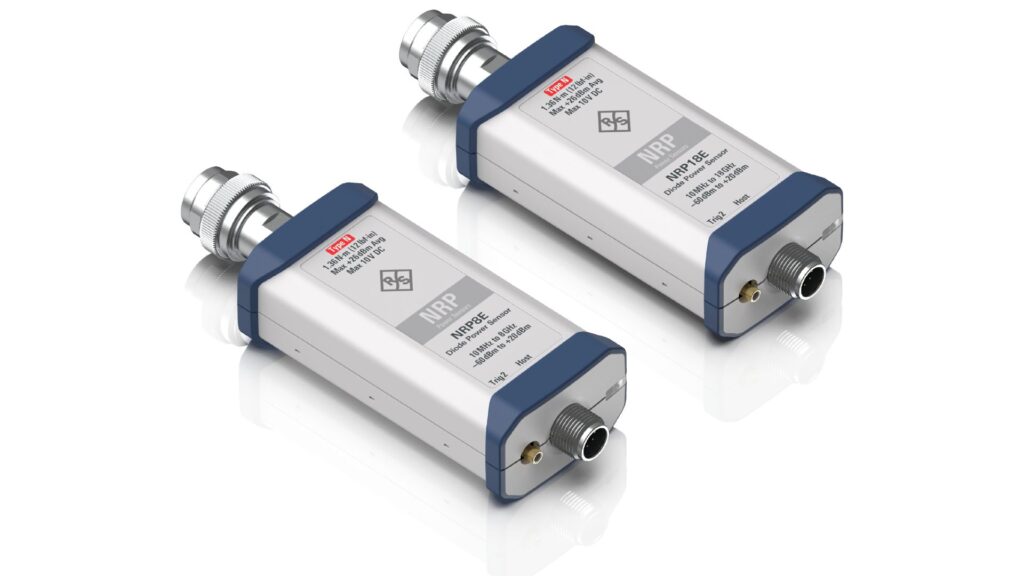Inertial Labs offers solutions including GNSS tracking, LiDAR scanning and alternative PNT
Viavi Solutions is buying a Virginia company that specializes in precise positioning and navigation technologies for use aerospace, defense and industrial settings. Inertial Labs has solutions that Viavi says will “accelerate [its] entrance into industrial and autonomous delivery and transportation end markets.”
Viavi will pay $150 million at closing for Leesburg, Virginia-based Inertial Labs, and up to $175 million in contingencies over four years, according to a company release. The test company said that Inertial Labs’ Inertial Measurement Units (IMU), Inertial Navigation Systems (INS), Assured Position Navigation and Timing (APNT), GNSS Tracking, LiDAR scanning, Alternative Navigation (ALTNAV) and visual navigation solutions are “highly complementary to Viavi’s existing PNT and other aerospace and defense solutions.”
The transaction is expected to close in the first quarter of 2025, and Viavi said that it expects Inertial to add about $50 million in revenue to its Network and Service Enablement segment during the 2025 calendar year.
“With a highly complementary product portfolio focused on alternate navigation solutions, this transaction supports VIAVI’s strategy to expand our presence in domestic and international aerospace and defense segments and accelerates our entry into autonomous air, land and sea systems in the military and industrial end markets,” said Oleg Khaykin, president and CEO of Viavi Solutions.
“We are excited that our expertise, precision solutions and resources provide expansion opportunities for Viavi in high growth markets and applications such as drone-based LiDAR and camera systems,” said Jamie Marraccini, president and CEO of Inertial Labs.
In other test news:
-Amid increasing geopolitical tensions and emphasis on domestic access to technology and resources, Keysight Technologies has joined the Intel Foundry Accelerator United States Military, Aerospace and Government (USMAG) Alliance that is focused on the defense industrial base and government customers. “Keysight has delivered custom, standard, and “build-to-print” automated Electronic Design Automation (EDA) tools and test solutions to major defense contractors and the U.S. government for many years,” the company noted.
“Keysight’s participation in the Intel Foundry USMAG Alliance marks a significant milestone in our commitment to supporting the U.S. Defense Industrial Base and government customers,” said Niels Faché, VP and GM for eysight’s Design Engineering Software. “By joining this alliance, we’re reinforcing our dedication to providing secure, cutting-edge EDA tools and technologies crucial for mission-critical national security projects. Through this collaboration, we’re expanding our federal presence and ensuring that our tools are optimized for Intel Foundry’s process design kits, ultimately enabling more efficient and secure design methodologies for military, aerospace, and government applications.”
-Keysight also said this week that aerospace and defense contractor Indra will be using Keysight’s Electronic Warfare Advanced Simulation Platform (EWASP) to bolster Indra’s ability to test and evaluate EW scenarios.
–Rohde & Schwarz this week debuted what it called a “ground-breaking new frequency extension” solution for frequency range measurements at very high frequencies. The test company said that its new R&S CS-MC53 microwave converter can be used for things like spectrum monitoring at 5G Frequency Range 2, which includes millimeter-wave airwaves, as well as monitoring satellite or microwave backhaul links.
“The ability to measure and monitor satellite signals and point-to-point radio links, opens up new possibilities for our customers,” said Anne Stephan, Rohde’s VP of monitoring and analytics. “This means that they can now measure and monitor the upper frequency range of the 5G frequency range 2, which was previously not possible. This capability provides customers with a significant benefit, as it enables them to better understand and optimize their 5G network performance, leading to improved quality of service and reduced costs.”

The test equipment company also this week unveiled new R&S NRPxE radio frequency power sensors, for power measurements in frequencies up to 18 GHz. The sensors come in a range from 10 MHz-8 GHz or 10-18 GHz.

